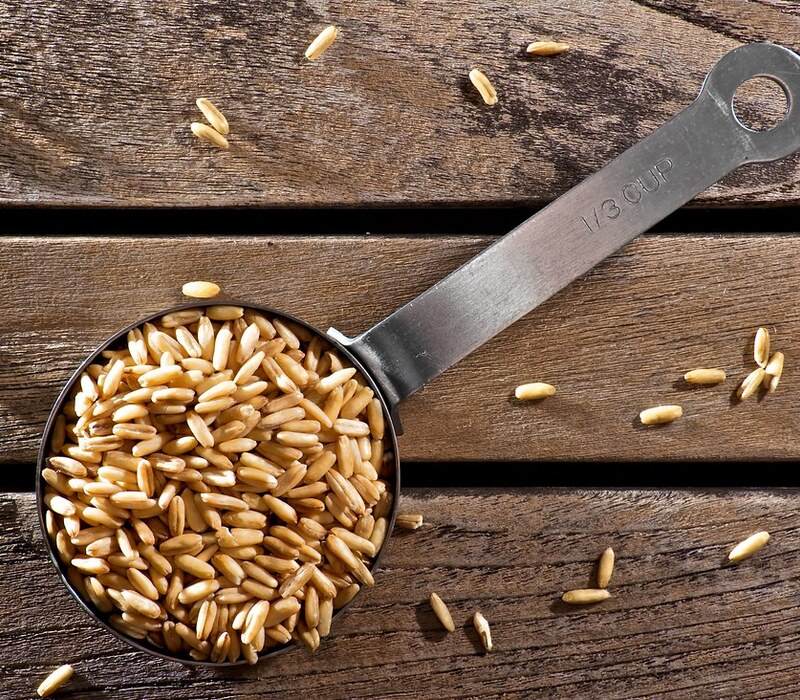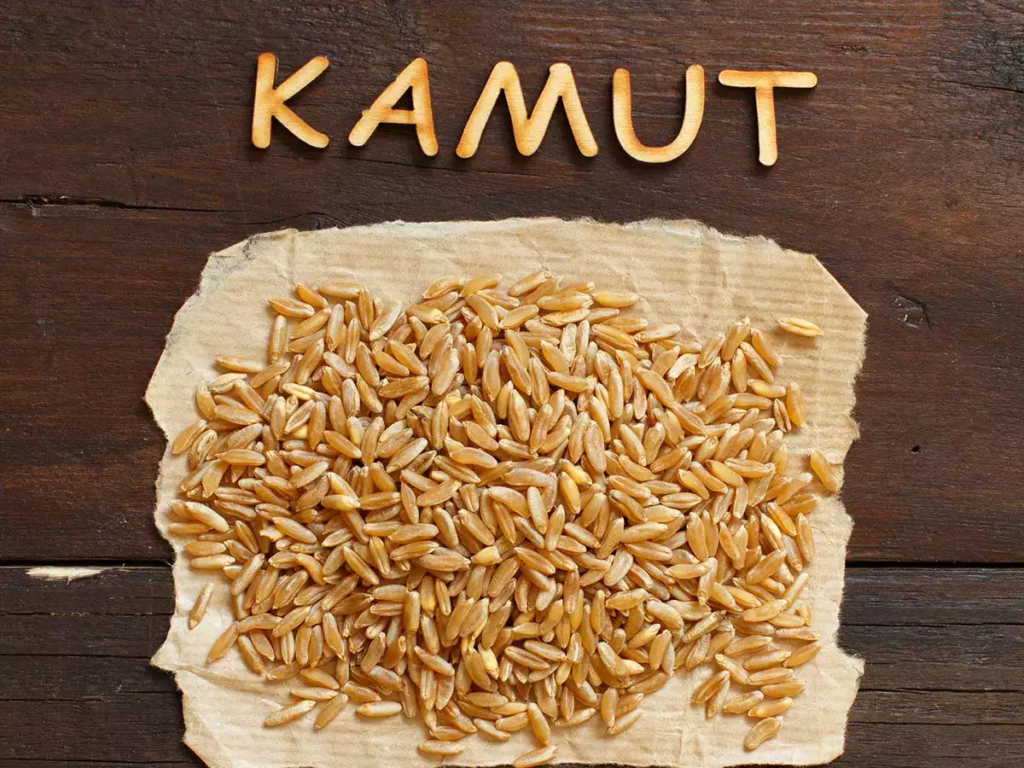Kamut, also known as Khorasan wheat, is an ancient grain prized for its rich, buttery flavor and impressive nutritional profile. Unlike modern wheat, Kamut has remained largely unchanged for thousands of years, making it a healthier alternative for many people.
In this blog post, we’ll explore how to recognize the Kamut plant, its health benefits, and the best ways to consume it.
How to Recognize the Kamut Plant
Kamut (Triticum turanicum) is a type of wheat that belongs to the durum family. Here’s how you can identify it:
- Grains: Kamut grains are larger than common wheat, with a golden hue and a distinct elongated shape.
- Plant Height: The plant grows tall, typically reaching 4 to 5 feet (120-150 cm).
- Leaves: The leaves are long and slender, similar to other wheat varieties but slightly broader.
- Seed Heads: The seed heads (spikes) are compact and bearded, with awns (bristle-like extensions) that help distinguish them from modern wheat.
Since Kamut is often sold in its processed form (flour, grains, or pasta), recognizing it in the wild is rare unless you’re visiting organic farms that cultivate it.
Health Benefits of Kamut
Kamut is packed with nutrients that contribute to overall well-being. Here are some of its key health benefits:
1. Rich in Protein & Essential Amino Acids
Kamut contains about 30% more protein than modern wheat, making it an excellent choice for vegetarians and athletes. It also provides all nine essential amino acids, supporting muscle growth and repair.
2. High in Fiber for Digestive Health
A single cup of cooked Kamut provides 7 grams of fiber, aiding digestion, preventing constipation, and promoting gut health.
3. Packed with Minerals
Kamut is an excellent source of:
- Magnesium (supports nerve and muscle function)
- Zinc (boosts immunity)
- Selenium (a powerful antioxidant)
- Iron (prevents anemia)
4. Heart-Healthy Fats
Unlike refined wheat, Kamut contains healthy fatty acids, including omega-3 and omega-6, which help reduce inflammation and support cardiovascular health.
5. May Be Easier to Digest Than Modern Wheat
Some people with mild wheat sensitivities report better tolerance to Kamut due to its lower gluten content and different gluten structure. However, it is not gluten-free and should be avoided by those with celiac disease.
6. Antioxidant Properties
Kamut contains polyphenols and flavonoids, which help combat oxidative stress and reduce the risk of chronic diseases.
Rules of Consumption: How to Eat Kamut
Kamut is versatile and can be used in various forms:
1. Whole Kamut Berries
- Soak overnight to reduce cooking time.
- Boil for 40-60 minutes until tender.
- Use in salads, soups, or as a rice substitute.
2. Kamut Flour
- Ideal for bread, pasta, and baked goods.
- Mix with other flours for a lighter texture.
3. Kamut Pasta
- Cooks in 8-10 minutes.
- Pairs well with pesto, olive oil, or tomato-based sauces.
4. Puffed or Flaked Kamut
- Great for breakfast cereals, granola, or energy bars.
Important Notes:
- Not gluten-free: Avoid if you have celiac disease.
- Moderation is key: While nutritious, Kamut is calorie-dense.
- Organic is best: Choose certified organic Kamut to avoid GMOs and pesticides.

Kamut is a nutrient-dense ancient grain with a rich history and numerous health benefits. Whether you use it in salads, bread, or pasta, incorporating Kamut into your diet can enhance your protein, fiber, and mineral intake. Just remember to consume it mindfully, especially if you have gluten sensitivities.
Have you tried Kamut before?
Share your favorite Kamut recipes in the comments below!

